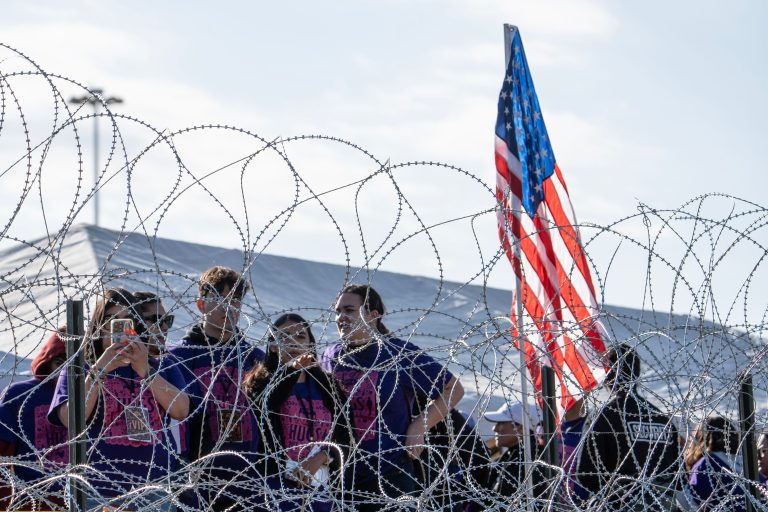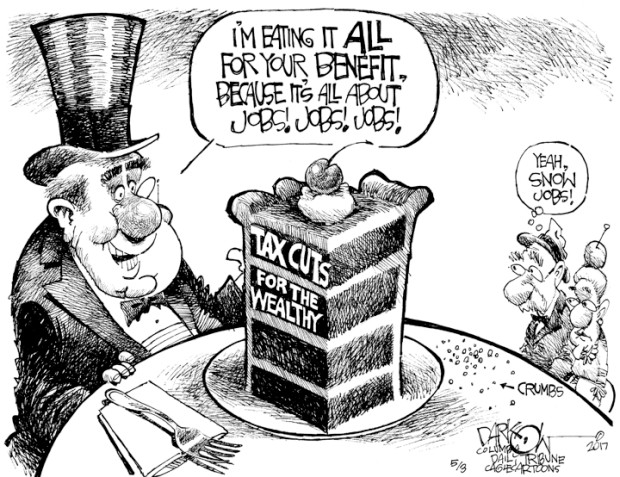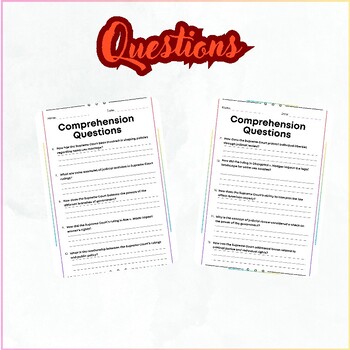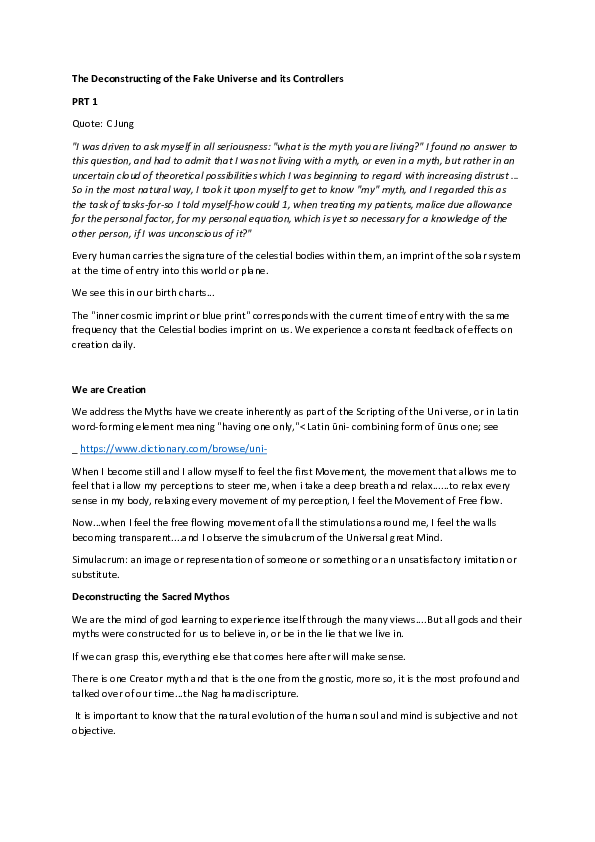

Deconstructing the Fake News: Trump’s War on the Media & Its Lasting Impact
Donald Trump’s presidency was punctuated by a relentless, often vitriolic, assault on the mainstream media. He routinely labeled unfavorable news reports as “fake news,” “enemy of the people,” and part of a “witch hunt.” This wasn’t simply rhetorical flourish; it represented a calculated strategy with profound and lasting consequences for the American media landscape and the public’s understanding of truth.
The Weaponization of “Fake News”
Trump’s use of the term “fake news” wasn’t solely about discrediting specific stories. It was a broader attack designed to erode public trust in all forms of journalism, regardless of factual accuracy. By blurring the lines between legitimate criticism and outright falsehood, he created an environment where truth became subjective and susceptible to manipulation. This tactic proved remarkably effective, particularly among his base, who increasingly viewed established news organizations with suspicion, favoring alternative sources often characterized by misinformation and conspiracy theories.
The Erosion of Trust: A Self-Fulfilling Prophecy?
The constant barrage of accusations created a chilling effect. Journalists faced intense pressure, not only from the president but also from a polarized public increasingly inclined to dismiss news that challenged their pre-existing beliefs. This resulted in a decline in public trust in news media, a trend that predated Trump but was significantly exacerbated during his presidency. The constant questioning of journalistic integrity fostered a climate of self-censorship in some quarters, potentially hindering investigative journalism and the exposure of wrongdoing.
Beyond Rhetoric: Concrete Actions
Trump’s war on the media went beyond mere rhetoric. He actively sought to limit access to information, often refusing to take questions from journalists he deemed critical. He promoted White House briefings featuring friendly outlets, while simultaneously barring or criticizing those he considered hostile. This selective engagement fostered a fragmented information ecosystem, where access to the president’s perspective was contingent on ideological alignment.
| Action | Impact |
|---|---|
| Labeling critical media “fake news” | Erosion of public trust |
| Limiting press access | Reduced transparency & accountability |
| Promoting friendly outlets | Creation of echo chambers |
The Lasting Impact: A Fractured Information Landscape
The consequences of Trump’s assault on the media continue to reverberate. The erosion of trust in traditional news sources has created a fertile ground for the proliferation of misinformation and conspiracy theories. The public’s ability to discern fact from fiction has been significantly challenged, leading to increased political polarization and a decline in informed civic engagement.
The Rise of Misinformation & Disinformation
The digital age, with its decentralized and often unregulated information channels, amplified the impact of Trump’s rhetoric. Social media platforms became breeding grounds for misinformation and disinformation, further complicating the task of verifying information and fostering an environment ripe for manipulation.
The Future of Journalism
The challenges facing journalism in the post-Trump era are significant. News organizations must grapple with declining trust, the rise of misinformation, and the economic pressures of a rapidly changing media landscape. However, the need for credible, fact-based journalism remains paramount. Innovative approaches to fact-checking, media literacy initiatives, and a renewed focus on investigative reporting are crucial to navigate the complexities of the contemporary information environment.
Conclusion: Navigating a Post-Truth World
Trump’s war on the media was a multifaceted assault on truth and democratic principles. Its lasting impact is a deeply fractured information landscape, where public trust in institutions is eroded, and the ability to discern truth from falsehood is constantly challenged. Addressing these challenges requires a concerted effort from journalists, media organizations, educators, and the public alike. The future of informed democracy depends on it.
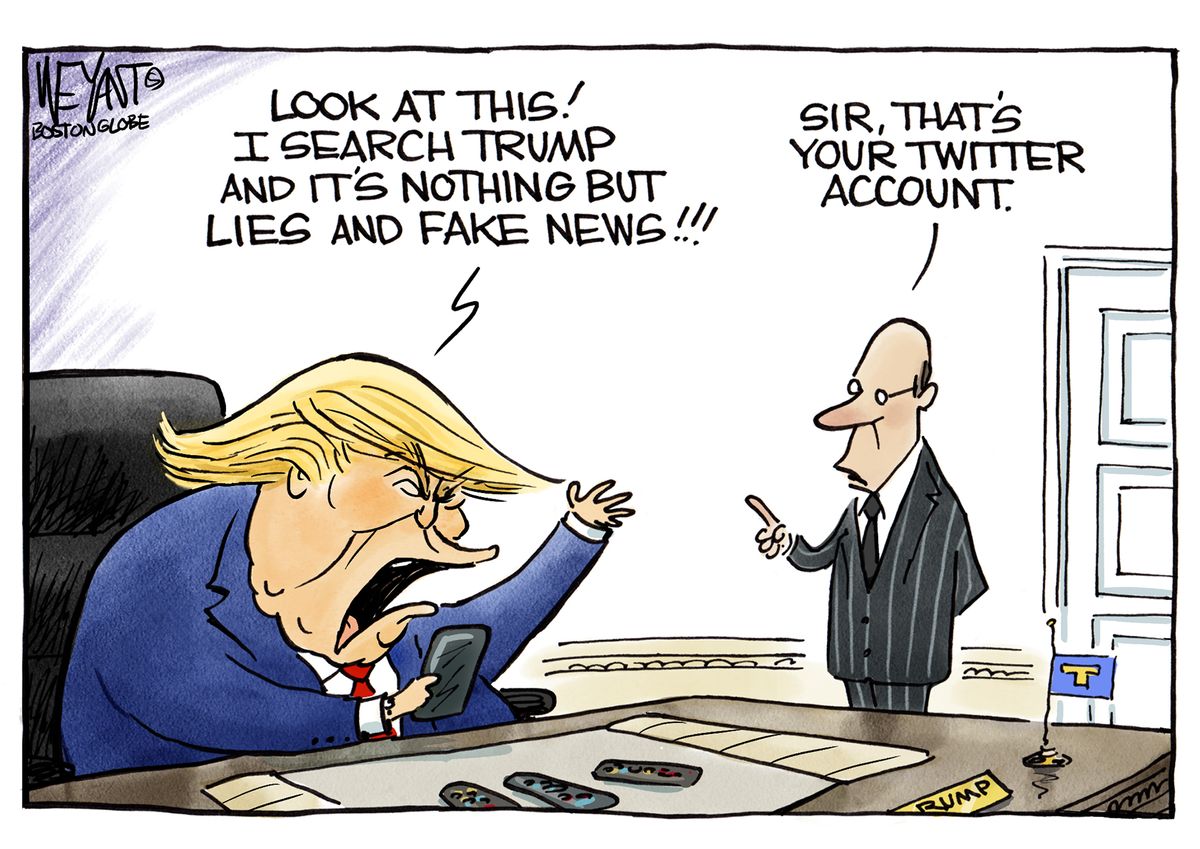
Additional Information
Deconstructing the Fake News: Trump’s War on the Media & Its Lasting Impact: An In-Depth Analysis
Donald Trump’s presidency witnessed an unprecedented assault on the established media, characterized by frequent labeling of unfavorable reporting as “fake news,” “enemy of the people,” and other derogatory terms. While the term “fake news” predates Trump, his consistent and targeted use amplified its impact, profoundly altering the media landscape and leaving a lasting legacy. A deeper analysis reveals several key aspects beyond the surface-level narrative:
1. Strategic Weaponization of “Fake News”: Trump’s use of “fake news” wasn’t merely rhetorical; it was a strategic communication tactic. By consistently discrediting legitimate reporting critical of his administration, he aimed to:
- Undermine credibility: Repeated accusations of falsehood, regardless of factual basis, sowed doubt among his supporters about the reliability of mainstream media. This effect was amplified by the proliferation of misinformation and disinformation online.
- Control the narrative: By dismissing critical reporting as “fake,” Trump sought to control the public discourse, pushing his preferred narratives and deflecting scrutiny. This was evident in his handling of investigations into Russian interference in the 2016 election.
- Mobilize his base: The “fake news” rhetoric served as a rallying cry for his supporters, strengthening their loyalty and reinforcing their distrust of opposing viewpoints. This fostered an environment of intense partisan polarization.
2. The Erosion of Trust in Traditional Media: Numerous studies indicate a decline in public trust in traditional media during the Trump presidency. While pre-existing trends contributed, Trump’s attacks exacerbated the situation. For instance, the Pew Research Center’s data consistently shows a partisan divide in media trust, with Republicans significantly less likely to trust mainstream news organizations compared to Democrats. This erosion of trust has broader implications for informed citizenry and democratic participation.
3. The Rise of Misinformation and Disinformation: Trump’s rhetoric created a fertile ground for the proliferation of misinformation and disinformation. The deliberate spread of false or misleading information, often amplified through social media, further eroded public trust and contributed to political polarization. Examples include:
- The Steele Dossier: Trump and his allies consistently dismissed the Steele Dossier, a collection of intelligence alleging Russian interference, as “fake news,” despite some of its claims being corroborated by subsequent investigations.
- COVID-19 misinformation: Trump’s downplaying of the pandemic’s severity and promotion of unproven treatments contributed to the spread of misinformation, hindering public health efforts.
4. Impact on Journalism: Trump’s attacks on the media had a tangible impact on journalistic practices. News organizations faced increased pressure to defend their credibility, often leading to a more defensive posture and potential self-censorship. Journalists faced threats, harassment, and intimidation, impacting their ability to report freely and objectively.
5. Lasting Impacts: The legacy of Trump’s “war on the media” extends beyond his presidency. The damage to public trust in institutions, the normalization of misinformation, and the increased political polarization continue to pose significant challenges to American democracy. The rise of partisan news sources and echo chambers further exacerbates these issues. The ongoing fight against disinformation and the need for media literacy education highlight the long-term consequences of this period.
Case Study: The “Access Hollywood” Tape: The release of the “Access Hollywood” tape, where Trump made sexually explicit comments, provides a compelling case study. While the tape was undeniable evidence, Trump dismissed it as “fake news” and “locker room talk,” demonstrating his willingness to discredit verifiable information to protect his image. This exemplifies his broader strategy of undermining the credibility of any reporting he deemed unfavorable.
Conclusion: Deconstructing the “fake news” narrative requires a multi-faceted approach. While acknowledging the pre-existing challenges to media credibility, it is crucial to understand the strategic role Trump played in weaponizing the term and its profound and lasting consequences for the American media landscape and democratic discourse. Future research should focus on measuring the long-term impact on public trust, political polarization, and the resilience of democratic institutions.

